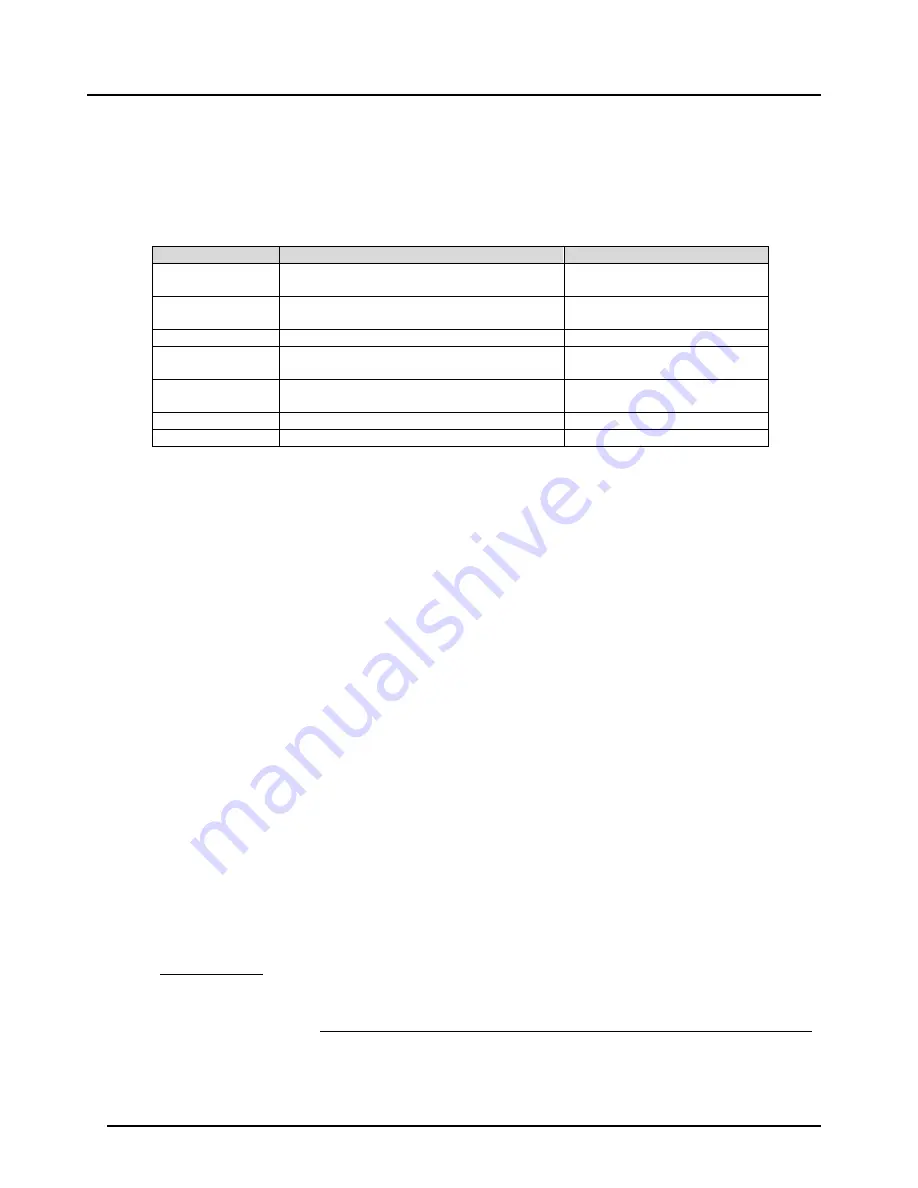
ZOE
Page 24
ZOE K04/0718
9.3 Signal
9.3.1
Signal / Sensor type
The pulse input can be optimally customized to different sensor types in Menu, so that
at the time of connection no further additional wiring is required for correct function.
Menu Parameter
Sensor type
Internal wiring
NPN
Hall sensor, Reed switch and all NPN
sensors
Pull-Up resistor
Coil
For induction coil
(Amplitude > 20 mVpp)
High impedance input
PNP
For all PNP-Sensors Pull-Down
resistor
Active signal
For all sensors with active output signal,
e.g. (push-pull outputs)
NAMUR
For sensors with 2-wire interface according
to EN 60947-5-6 (NAMUR)
Pull-Down resistor 1kOhm
Reed
Reed switch
Pull-Up resistor
Hall
For Hall sensors
Pull-Up resistor
9.3.2
Signal / Timeout
For the detection of input signals, the period duration of signal is determined within a
measuring cycle i.e. Refresh time. However, if within the "refresh time" the input period
is not complete i.e. if the input signal has a frequency lower than the frequency
determined from the ‘’Refresh time’’, then the flow indicator is set to "0". In the shortest
"refresh time" of 1 seconds, only a minimum input frequency of 1 Hz is recorded. In
order to detect even lower frequencies, "Input Timeout" parameter can be configured
up to 20 s. After the completion of „Refresh time“, the signal processing waits for the
full input period until the additional waiting period is expired. It should be noted that by
increasing the waiting time, the reaction time for the detection, for example, a flow
failure is greatly increased. The "Input Timeout" should only be large enough so that
the smallest frequency signal from the connected sensors can be detected.
9.3.3
Signal / Filter
In case of discontinuous input signals, the integrated filter function can filter the display
of flow rates, the analogue output and the switching outputs (only options E3/). Despite
filtering effect, the reaction time to rapid changes in the flow rate can be kept low by
appropriate choice of filter parameters.
The time base for the filtering function is the "Refresh time". The filter function
operates on the principle of "moving average", where the parameter "filter factor"
specifies the number of measuring values which are used to calculate the current flow
value.
If "filter factor" is set to "1", the filter function is virtually eliminated.
For example :
„
Filterfactor
“ = 3, „
Refreshtime
= 1,0s
Filtered measured value
=
Current measured value + Previous measured value + Last to the previous measured value
3
The correct flow value is displayed after 3 x 1 =3 s.

























